NDWI’s RadioHound sensing platform could play a role in CBRS
January 29, 2018This story was written by Monica Alleven and was originally published on FierceWireless on Monday, January 29, 2018.
RadioHound, a project hatched at the University of Notre Dame Wireless Institute (NDWI) for dynamic spectrum monitoring, couldn’t come at a better time.
The RadioHound system is a customized sensing network capable of tuning from 25 MHz to 6 GHz, covering nearly all widely deployed wireless devices. As described in a paper published last year, knowledge about RF users can enable better use of spectrum, such as having a secondary user accessing spectrum when the licensed primary user is not active in the band.
It comes at the same time a lot of stakeholders in the U.S. are setting up shop for the Citizens Broadband Radio Services (CBRS) 3.5 GHz band—one in which spectrum sensing and management will be crucial in order to make it all happen.
RadioHound has been in the works for a few years. “This is fairly mature, and there’s a lot of interest in the marketplace for CBRS sensing,” said Harish Punjabi, managing director of the Wireless Institute at the University of Notre Dame.
He isn’t naming names, but it’s a good bet the NDWI is talking to some of the major players in the CBRS ecosystem, which includes dozens of companies in the growing CBRS Alliance.
The NDWI is part of the NSF Industry/University Cooperative Research Center (I/UCRC) called Broadband Wireless Access and Applications Center (BWAC), which interacts with industry and federal agency members to identify, execute and demonstrate projects in collaborative, precompetitive wireless research and development. Recent industry partners of the institute include Nokia, Sprint, National Instruments and InterDigital.

